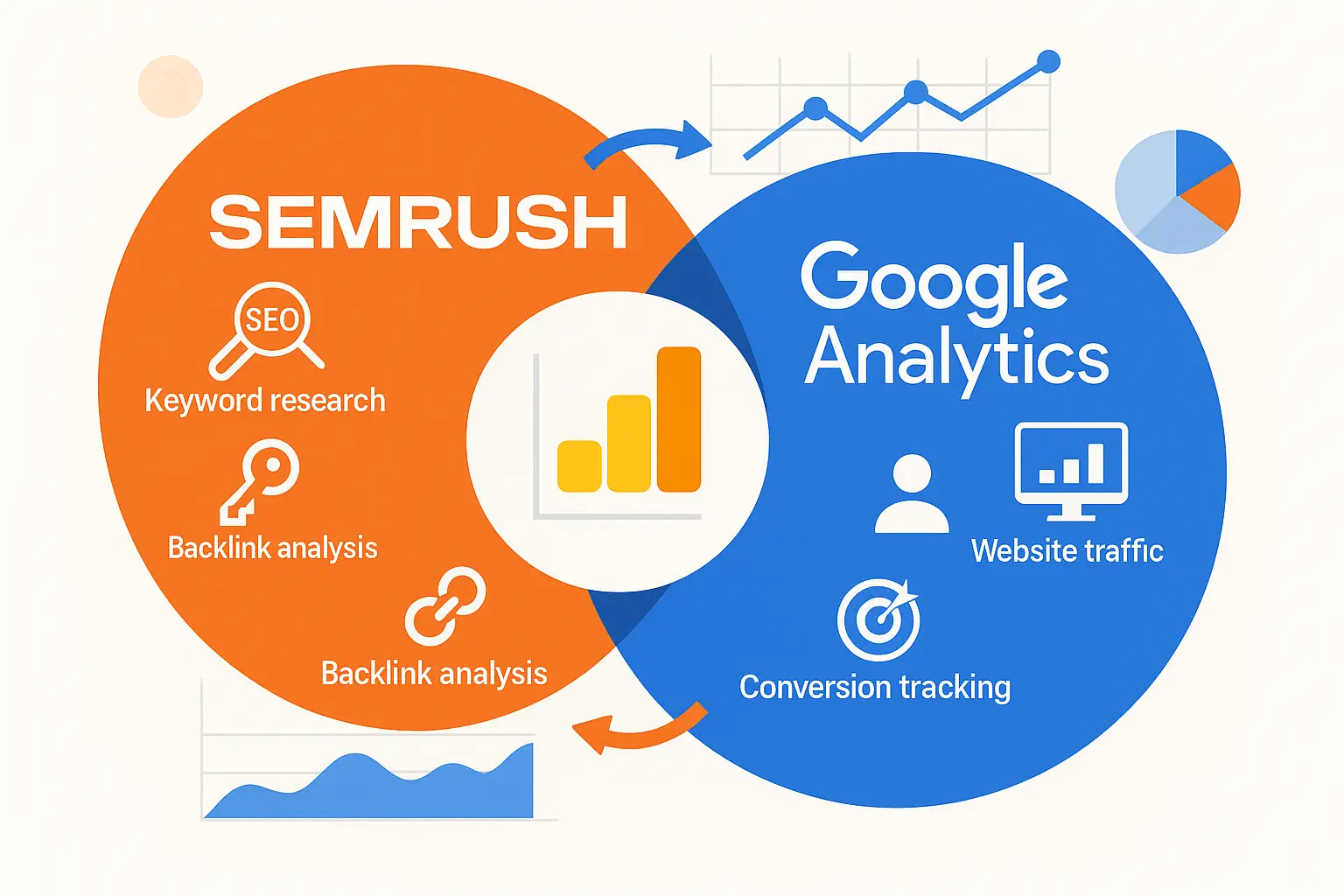How Facebook’s Content Ranking Algorithms Work in 2025
As social media continues to evolve, platforms like Facebook are constantly refining their algorithms to enhance user experience, improve engagement, and boost advertiser effectiveness. In 2025, Facebook’s processing algorithms have undergone significant changes, incorporating more sophisticated machine learning techniques and artificial intelligence (AI) to handle an ever-growing stream of content. These algorithms influence what users see in their News Feeds, determine ad targeting, and shape the overall experience on the platform. In this article, we’ll explore how Facebook’s processing algorithms work in 2025 and the impact they have on both users and advertisers.
The Evolution of Facebook’s Algorithms
Over the years, Facebook has developed complex algorithms to handle the vast amounts of content shared daily across the platform. These algorithms have evolved from simple ranking systems to advanced AI-driven mechanisms capable of learning and adapting in real time. Facebook’s main algorithms focus on content ranking, ad targeting, and real-time interaction, all of which are designed to personalize user experiences and optimize business outcomes.
How Facebook’s Content Ranking Algorithms Work in 2025
The content ranking algorithm is the heart of Facebook’s user experience. In 2025, it continues to prioritize delivering the most relevant and engaging content to users by analyzing various signals. These signals include:
Engagement Signals: The algorithm tracks how users engage with posts, such as likes, shares, comments, and reactions. In 2025, Facebook’s algorithm has become more adept at distinguishing between genuine engagement (meaningful interactions) and superficial engagement (like button clicks or emoji reactions).
User Preferences: Using machine learning, Facebook can now better understand each user’s individual preferences, predicting what types of content they are likely to interact with. This allows the platform to deliver posts that match users’ interests based on their past behavior, including the groups they interact with, pages they follow, and content they engage with most frequently.
Content Type: Different types of content, such as photos, videos, and text posts, are weighted differently in the algorithm. In 2025, Facebook’s algorithm has become particularly focused on video content and live streaming, as these formats continue to receive higher engagement.
Time Sensitivity: In an effort to deliver up-to-date information, Facebook’s algorithms now place greater importance on the timeliness of posts. Real-time events, breaking news, and live broadcasts are given higher visibility to ensure users stay informed about ongoing trends and events.
Artificial Intelligence and Deep Learning: Facebook’s algorithms are driven by deep learning models that constantly adapt to user interactions. By processing vast amounts of data in real time, Facebook’s AI can predict the likelihood of a user interacting with a piece of content, allowing the platform to deliver more accurate recommendations.
Sentiment Analysis: Facebook’s algorithm uses sentiment analysis to assess the tone of posts and gauge user sentiment. By analyzing text and images, the system can detect whether content is positive, negative, or neutral. In 2025, this enables Facebook to prioritize content that fosters positive interactions and discourages negative or harmful content.
Facebook’s Ad Targeting Algorithm in 2025
In addition to content ranking, Facebook’s ad targeting algorithm has become increasingly advanced. The platform leverages vast amounts of user data to deliver highly targeted advertisements, making Facebook an essential tool for businesses and marketers.
Here’s how the ad targeting algorithm works:
User Data: Facebook’s ad targeting algorithm processes a wealth of data points, including user demographics, interests, behaviors, location, and even external interactions outside of Facebook (such as interactions with other websites through Facebook’s tracking pixels). This data enables Facebook to deliver tailored ads to users based on their preferences.
Lookalike Audiences: By analyzing the characteristics of existing customers or website visitors, Facebook’s algorithm can create lookalike audiences—groups of users who share similar traits with your target audience. In 2025, Facebook’s machine learning capabilities have improved, making these lookalike audiences even more precise.
Behavioral Targeting: Facebook’s algorithm tracks users’ actions on the platform, including how they interact with brands, pages, and products. This behavior is used to deliver highly targeted ads that align with users’ current needs and desires. For example, if a user recently searched for a product, they may start seeing ads related to that product or similar items.
Dynamic Ads: Facebook’s dynamic ads show users personalized products based on their browsing history, whether they’ve previously visited a website, added products to a shopping cart, or made a purchase. This real-time targeting is powered by Facebook’s algorithms and machine learning, delivering relevant ads with high conversion potential.
AI-Powered Optimization: In 2025, Facebook’s algorithms can automatically optimize ad campaigns by testing different variables such as images, copy, and targeting criteria. Facebook uses A/B testing and multivariate testing to identify the most effective combinations and adjust campaigns accordingly to improve ad performance.
Facebook’s Real-Time Interaction Algorithms
Facebook’s real-time interaction algorithms also play a significant role in determining how content is distributed on the platform. For instance, the live streaming algorithm prioritizes live broadcasts, ensuring that users who have shown interest in similar live events are notified in real time. These algorithms also focus on real-time commenting and reactions, encouraging users to engage with live content and interact with other viewers.
Privacy and Data Processing in 2025
As privacy concerns continue to rise, Facebook has had to adapt its algorithms to comply with evolving regulations and user preferences. In 2025, Facebook’s algorithms now prioritize data privacy and user consent while still providing personalized experiences.
Transparent Data Usage: Facebook has made strides in being more transparent about how user data is collected and used for targeting and personalization. The algorithm now ensures users have control over their data and the ability to adjust privacy settings.
Consent Management: Facebook’s algorithms have integrated features that allow users to control what data is used for personalized content and ads, with clearer consent management tools and privacy notifications.
The Impact of Facebook’s 2025 Algorithms on Content Creators and Businesses
For content creators and businesses, understanding Facebook’s processing algorithms is crucial for maximizing reach and engagement. In 2025, businesses can benefit from a deeper understanding of these algorithms by focusing on:
Creating high-quality, engaging content that resonates with users.
Leveraging AI-driven ad targeting to reach the most relevant audience.
Optimizing for video content, especially live streaming.
Using behavioral and demographic data to create highly targeted ad campaigns.
As Facebook’s algorithms evolve, content creators and businesses need to stay informed and agile, adjusting strategies to maintain visibility and drive meaningful engagement.
Conclusion
Facebook’s processing algorithms in 2025 represent the pinnacle of artificial intelligence and machine learning in the social media landscape. By analyzing vast amounts of data, personalizing user experiences, and optimizing ad campaigns, Facebook continues to be a powerful platform for both individuals and businesses. As Facebook’s algorithms continue to evolve, staying ahead of these changes will be crucial for anyone seeking to succeed in the ever-competitive world of digital marketing.


